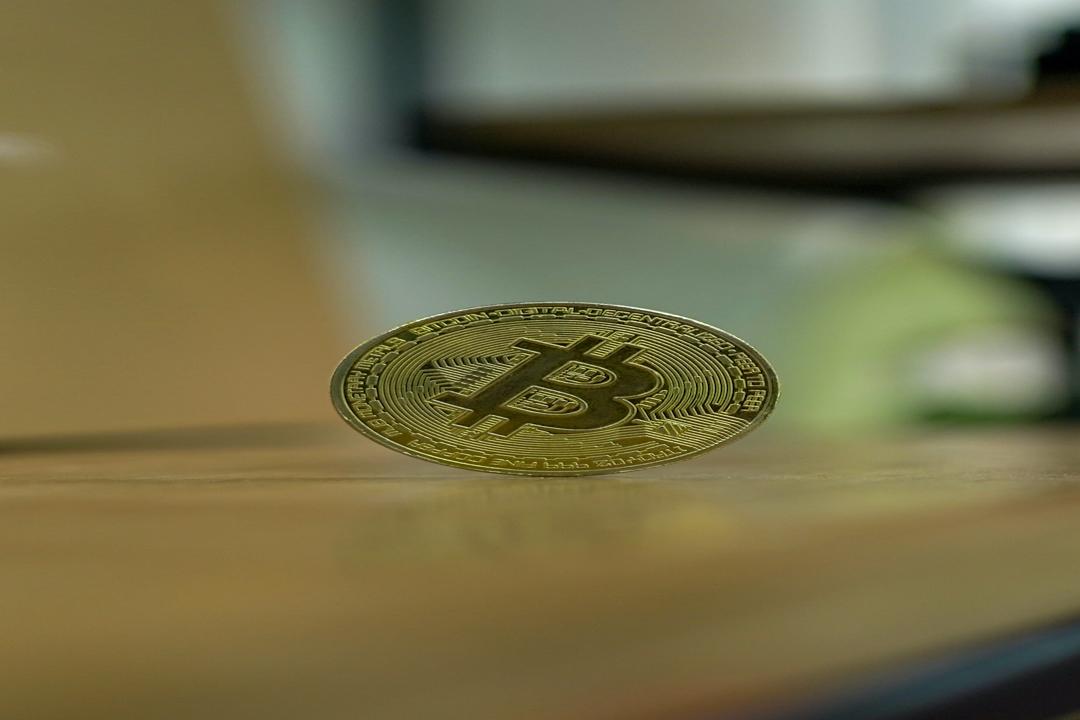Russian Central Bank Raises Concerns Over Surge in Crypto Activity
The Russian Central Bank has reported a significant increase in cryptocurrency transactions among its citizens. In a financial stability report, the bank highlighted the rise in web traffic to crypto exchanges and peer-to-peer trading platforms. The report covered the period from the fourth quarter of 2023 to the first quarter of 2024.
According to the bank, Russian users made a total of 104.6 million visits to crypto exchanges and P2P sites during this period. The number of unique Russian IP address-holders visiting major crypto exchanges also saw a 15.1% increase. However, the bank noted that this is still lower than the peak of 9% reported in the first quarter of 2023.
To analyze the data, the bank utilized Transparent Blockchain, a tool developed by the Federal Financial Monitoring Service. This tool enables Russian officials to identify the true identities of crypto users across different blockchain protocols and helps in combating money laundering.
The report also revealed that Russian citizens have shown a preference for high-cap cryptocurrencies such as Bitcoin (BTC) and Ethereum (ETH). Additionally, they have been using stablecoins like USDT and USDC, which are pegged to the US dollar.
Transactions potentially linked to Russians amounted to over $50.2 billion during the same period, covering not only crypto trades but also P2P payments, remittances, and payments for goods and services.
While the report did not disclose the specific crypto platforms monitored, previous reports have included data from platforms like Binance, Bybit, MEXC, and KuCoin.
The surge in crypto activity may be attributed in part to Binance’s exit from the Russian market. The bank estimates that at the time of its exit, Binance held almost half of the country’s crypto market.
In light of the increased risks associated with holding crypto in Russia, the bank warned users to assess the potential dangers, including the possibility of sanctions from unfriendly countries. It also cautioned that Russian holders of USDT and USDC could face the loss of access to their funds if stablecoin issuers block them.
The bank further highlighted the tightening control over crypto exchanges by regulators in the US and UK, as well as the potential for governments of unfriendly nations to impose stricter regulations.
In its recommendations for Russian financial organizations, the bank hinted at forthcoming regulations and advised against offering financial instruments tied to cryptoassets or advertising services related to cryptoasset circulation.
Overall, the report underscores the growing interest in cryptocurrencies among Russian citizens and the need for regulatory measures to safeguard against potential risks.

